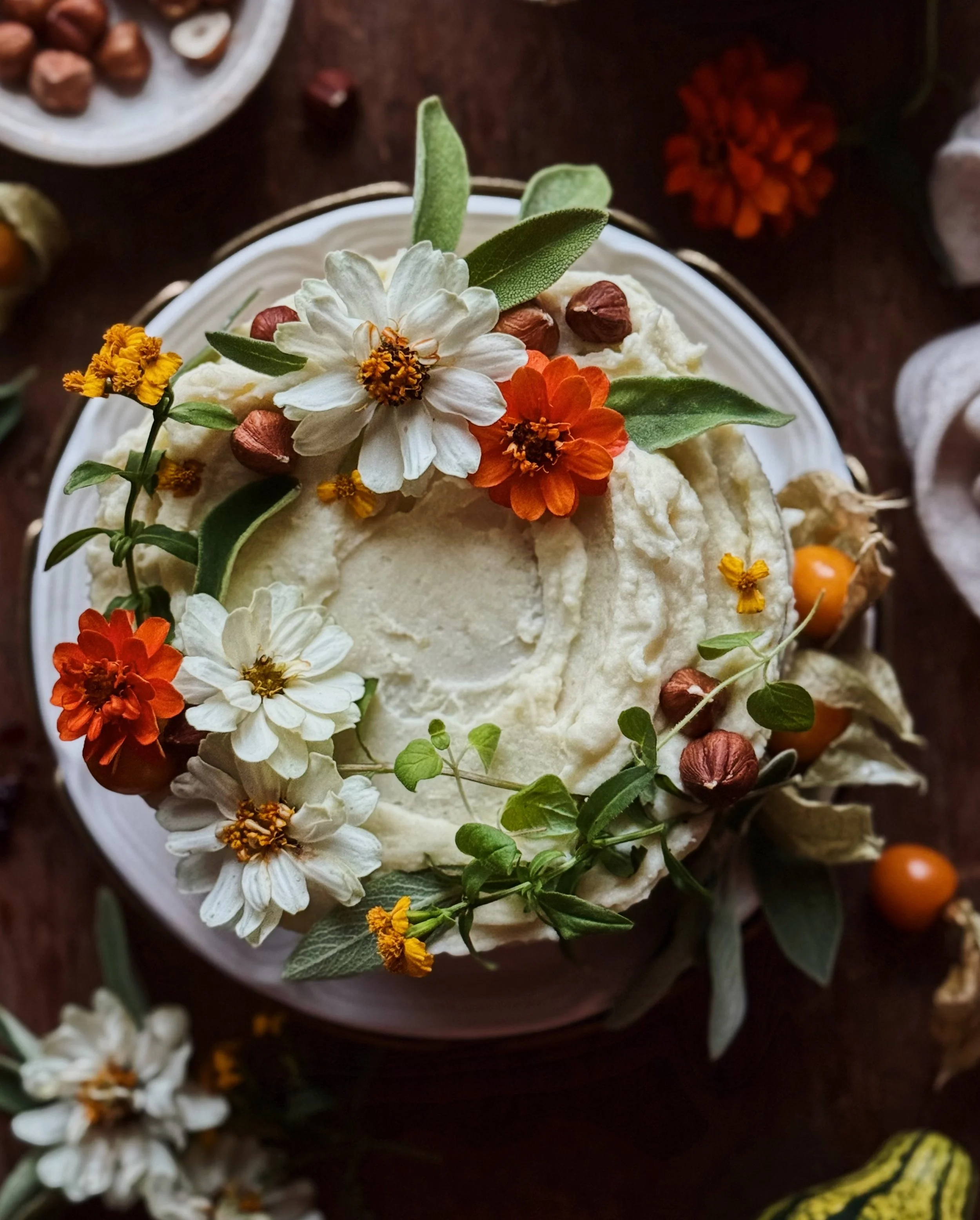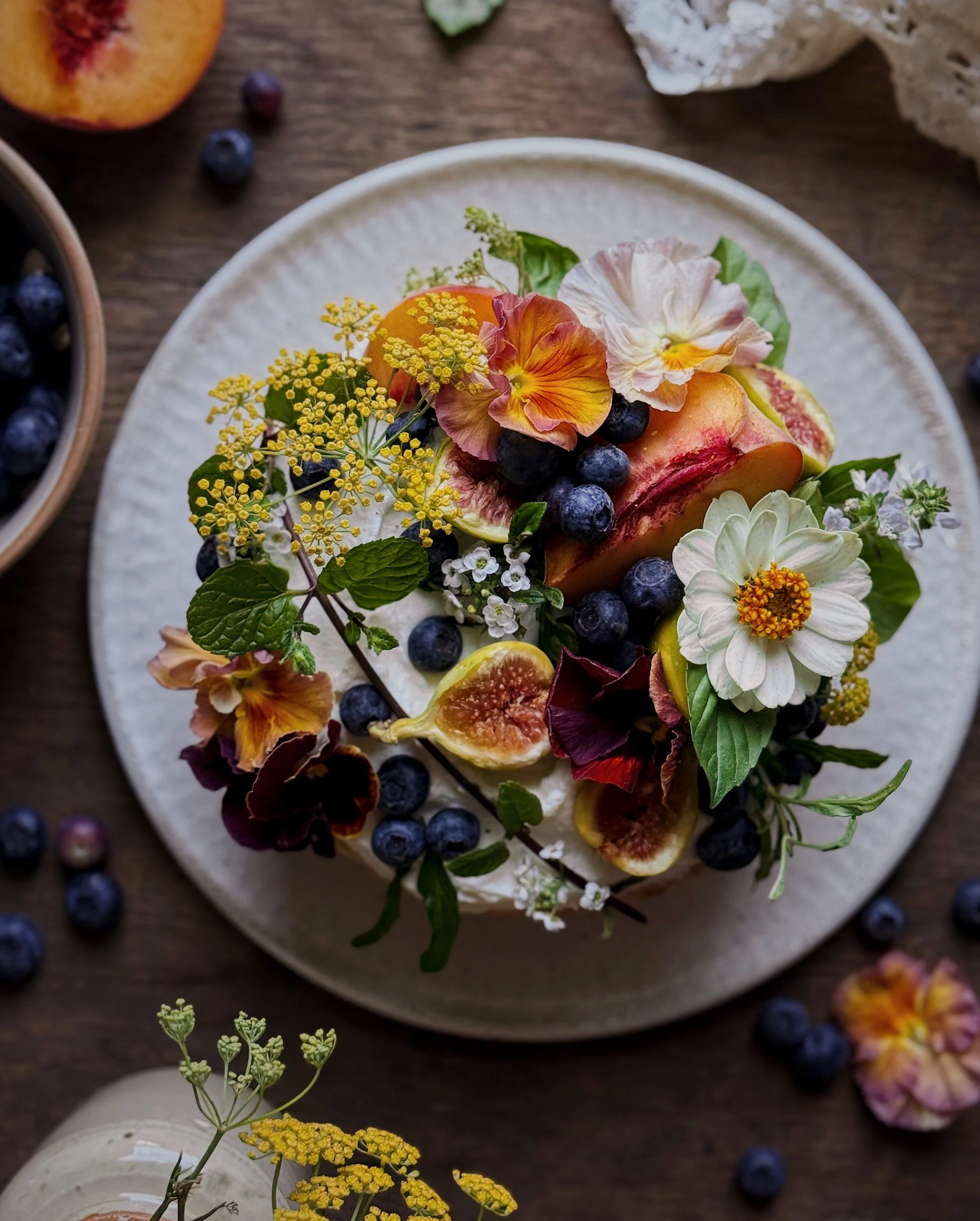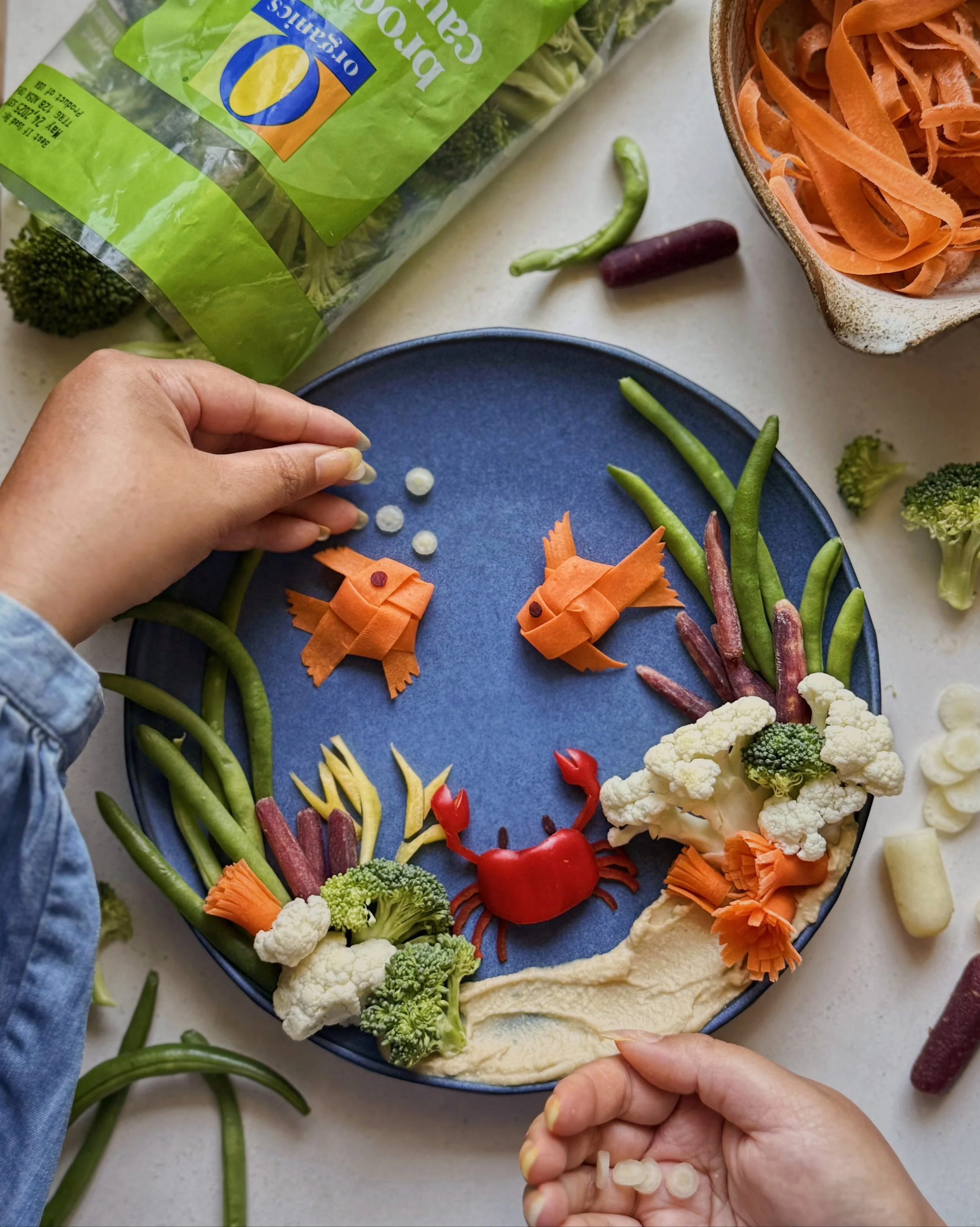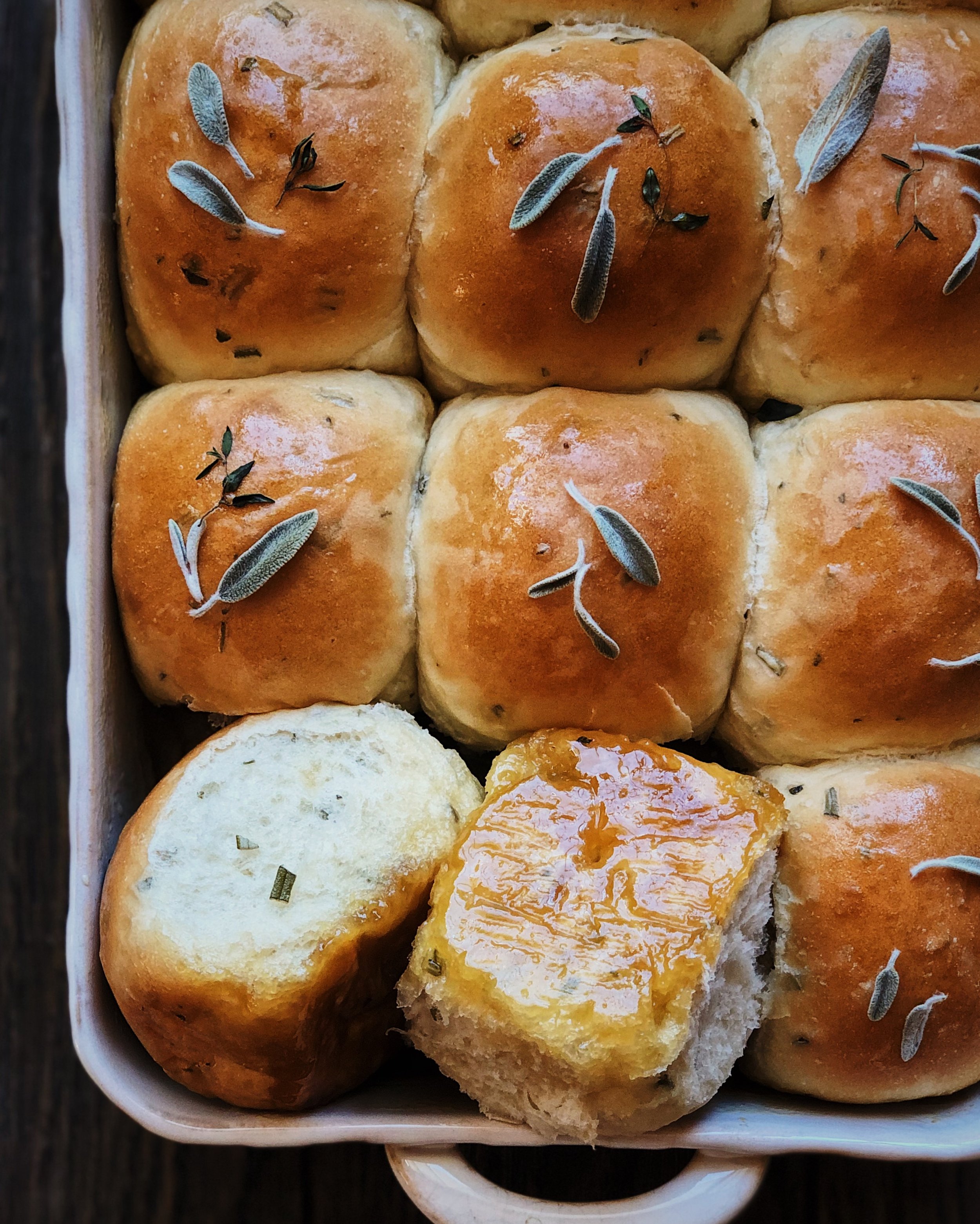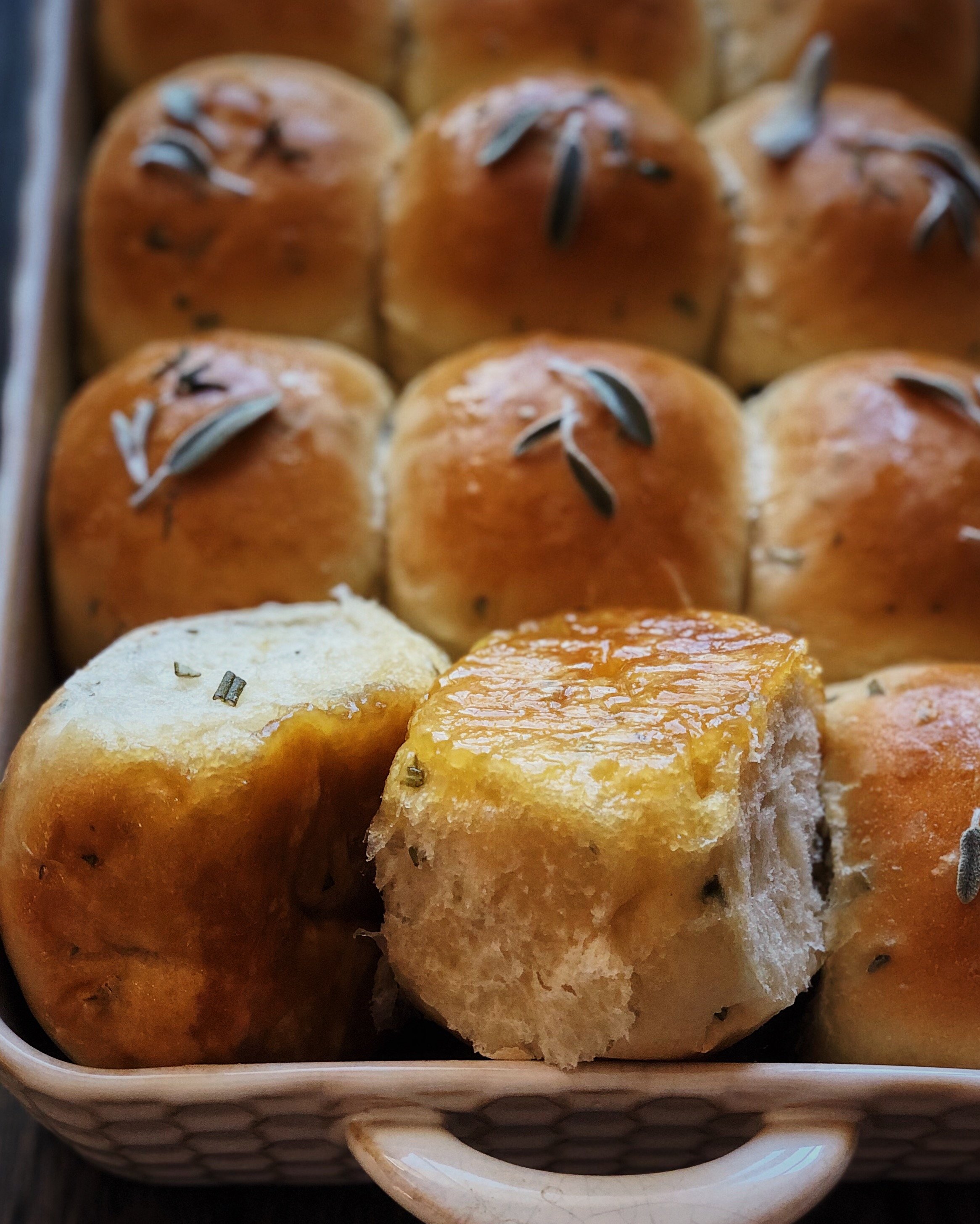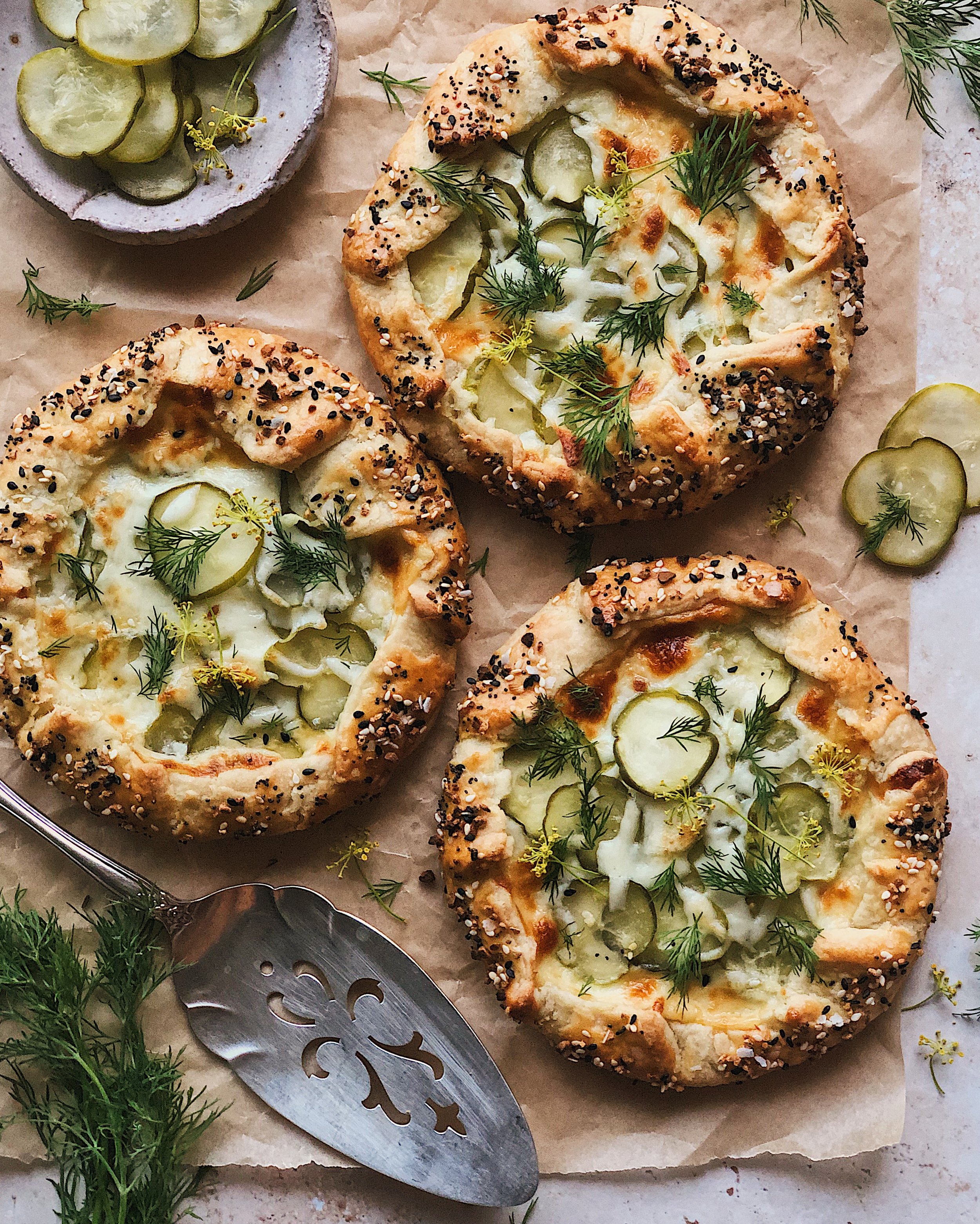Recipe: Rosemary Honey Butter Dinner Rolls
/These pull-apart dinner rolls are fluffy and puffy and soft, just like every good dinner roll should be. But these are no ordinary good dinner rolls! First of all, they are so fragrant from being loaded with fresh rosemary. But additionally, they’ve got a special secret hiding underneath them—sticky, gooey, delicious bottoms where they’ve been baked in a pool of honey butter.
I got the idea of making a savory, rosemary flavored, slightly-sweet baked goodie from Panadería Rosetta in Mexico City. Their bollos de romero were life changing—savory, just a little sweet, and with a beautiful rosemary flavor. I knew I could never replicate this magic at home but I was determined to create a more simple recipe that would be easy to make without a lot of fuss and, when eaten, would at least have enough essence of Rosetta’s bollos to satiate those hungry memories.
I started testing this recipe in 2022, and did a version with some cute Christmas decorations, as seen below. When I posted them on Instagram I guess they sorta went “viral”; or at least it was my most liked post by a landslide. But the rolls I photographed then were not the recipe that I wanted them to be, so I was pretty bummed to not have something to share with others. I really lost momentum with recipe testing after that, and didn’t pick it back up until almost a year later. This time around, I am very pleased to be able to share with you all a recipe that I am very proud of, for delicious dinner rolls that are exactly the way I wanted them to be.
If you have ever had a cinnamon roll or sticky bun with a gooey bottom that’s soaked up a bunch of syrup, these have that same kind of wonderful stickiness on the bottom but they are way way less sweet. The rest of the bun is savory and herbaceous, so they definitely still function as a dinner roll for a festive holiday table but are also plenty good on their own. I brought them to my brother-in-law’s house for Thanksgiving last week, and they got warm praise from grandmas and teenage boys alike, which is why I am so confident in this recipe now!
Notes about the ingredients
Please use good clover/flower honey. The flavor of the honey is really noticeable here, since there is quite a lot of it for the sticky bottoms. So use one you like. Do not use makuka honey or that thick spreadable light colored stuff. You want the good old fashioned stuff.
Use good butter. Do not substitute with some kind of fakey crap.
Use fresh rosemary, not dried. You don’t want to be stabbing your gums or crunching on bits of dried rosemary here, and plus I’ve never tested it with anything but fresh. Leave out any hard or woody bits. You just want the tender leaves here.
Some Notes about Decorating Your Dinner Rolls For the Holidays
Decorating these dinner rolls is honestly completely unnecessary. I have to do it for the ‘gram, otherwise you probably wouldn’t be here reading this blog post right now. But decorating is also fun, and gives these a little extra charm if you are looking to impress someone (though I think the taste is already impressive enough). Here, I will answer some common questions I received about this decorating technique using dill, parsley, carrot fronds, and pink peppercorns:
Can you taste the dill?: I personally cannot if the dill is just coming along with a normal bite, and I think I have a pretty good sense of taste. The amount of dill is so negligible compared to the flavors that the roll intends to be (honey, rosemary, fluffy bread) and I really think it loses some of it’s dilliness when it bakes, so I don’t think you’re getting a hit of dill unless you pick off all the dill on the whole batch and eat it plain. But if you hate dill that much, fennel fronds could be a good alternative!
Are you really eating whole peppercorns? Yikes!: So, to every person who made a comment like this, I asked them if they have ever had PINK peppercorns before and guess what? The answer was always no. Look, pink peppercorns are very different from the black peppercorns that people are much more familiar with. Pink peppercorns have a nice fruity flavor and they are much smaller and they are delicate and easy to chew, especially after baking. They are not “spicy” or intense like black peppercorns. Just as every type of chili pepper tastes vastly different, people shouldn’t really assume that all peppercorns are exactly the same. I thought that they added a great spice (NOT spicy) note to the rolls.
How do the herbs stay green and pretty after baking?: As with any time you use fresh herbs to decorate a baked good, moisture is the key. Use soft, flexible leaves. Brush a bit of honey butter on the dough to act as glue. Gently press them onto the surface of the dough so that they are fully in contact with it; anything sticking up will likely shrivel from the heat of the oven. Then, give them another coat of that honey butter to help lock in the moisture.
You could do this type of decoration with dill, parsley, and pink peppercorns on any dinner roll or bun recipe, really. But I do hope you’ll try this one.
This recipe was adapted from Ariel Lee’s Cheesy Everything Buns recipe, which I also love.
How to Make Rosemary Honey Butter Dinner Rolls
Ingredients for dough
1 cup warm milk or barista style oat milk
1 1/2 tsp dry instant yeast
1 tbsp honey
2 3/4 cup bread flour, plus a little extra
2 tsp kosher salt
2 tbsp unsalted butter, melted and cooled
1 egg, beaten
4 tsp fresh rosemary leaves, finely chopped
Ingredients for Honey Butter Sauce
2 tbsp unsalted butter
1/2 cup honey
Ingredients for finishing touches
flaky salt
fresh herbs such as sage, thyme, parsley, and dill (optional)
pink peppercorns (optional)
Procedure
Make the dough. Place milk, yeast, and honey in the bowl of a stand mixer and stir gently to dissolve the yeast. Let stand until the yeast starts to bloom (about 5 minutes).
Fit stand mixer with a dough hook. Turn the stand mixer on to the lowest setting (speed 1) and gradually add flour. Add salt and butter and once those are slightly incorporated, add egg and rosemary. Scrape everything to the bottom of the bowl and turn the stand mixer up to the medium setting (speed 5). Knead for about 5 minutes so an elastic dough forms, pausing as needed to scrape the contents of the bowl back down to the bottom. (If the dough still feels very sticky, add an additional teaspoon of flour at a time, kneading in each time, until the dough feels smooth and elastic.)
Roll the dough into a taut ball and return to the bowl (you shouldn’t need to grease it). Cover dough with a damp tea towel or plastic wrap and place in a warm spot. Allow to rise until doubled in size, about 1 hour.
Line a 7x11-inch (2 quart) baking dish with parchment paper.
Make the honey butter “sauce” by adding the butter to a small saucepan and melting on low heat. Once the butter is melted, whisk in the honey. Continue whisking on low heat until the consistency is runny and homogenous.
Preheat oven to 350°F.
Pour about three-quarters of the sauce into the baking dish and smooth out to an even layer. Divide risen dough into 12 equal pieces and shape into tight balls. Arrange balls evenly in the baking dish. Cover with plastic wrap and let rise for a second time, for 30 minutes.
If decorating: Brush tops of dough balls with some of the remaining honey butter; note that you may need to reheat the honey butter on low heat to get it to be brushable. Decorate as desired; make sure the herbs come in full contact with the surface of the bun to preserve their color and shape. Brush more honey butter on top.
If not decorating: Reheat the remaining honey butter if needed to get it to a brushable consistency. Brush tops of the rolls generously with honey butter.
Sprinkle a small amount of flakey salt on top of each.
Bake for 25–30 minutes or until golden brown and bubbly.
